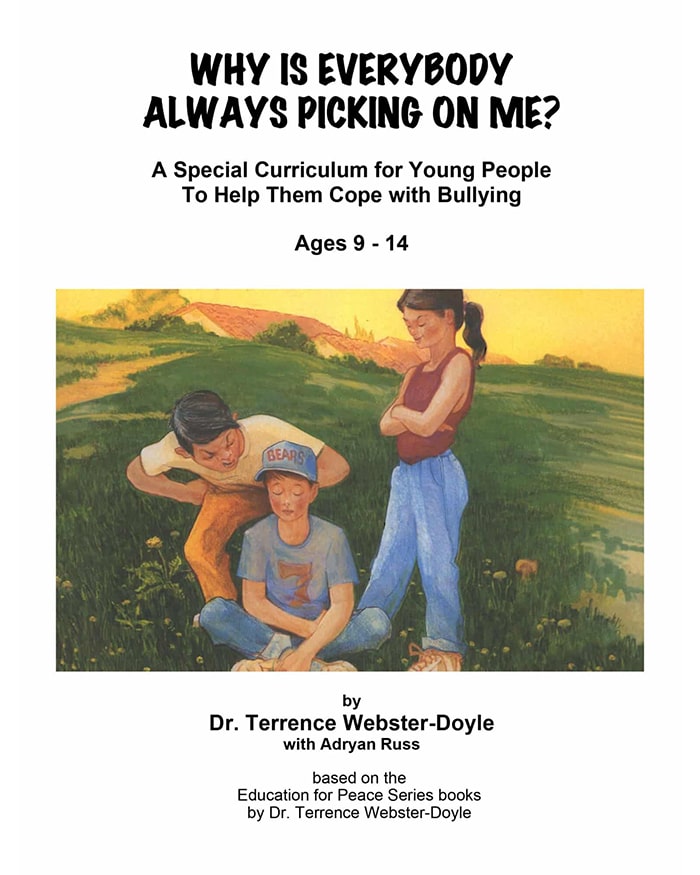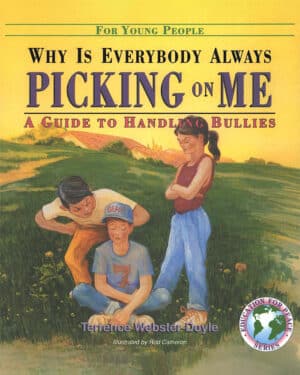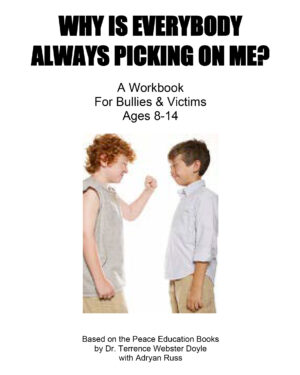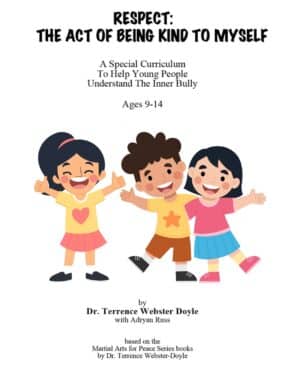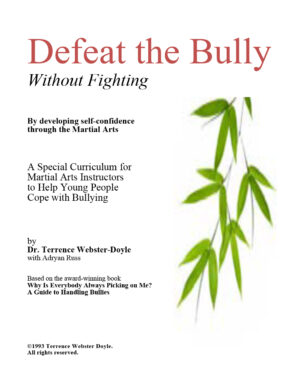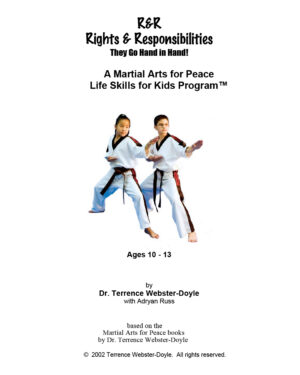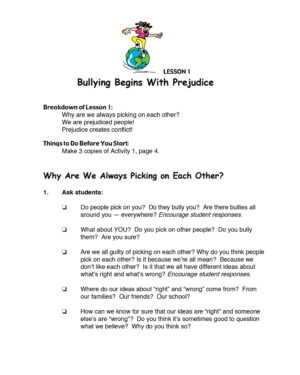Why is Everybody Always Picking on Me? Curriculum (EN)
$20.00
Teach students how to build positive, healthy relationships by learning non-violent ways to approach conflict resolution and bullying situations, as well as how to prevent it. Help kids develop social-emotional skills to manage bullying and conflict when it does occur.
Is your student or child bullying others? This curriculum also help bullies understand their their feelings, why they act the way they do, and teaches supportive ways they can change their behavior without singling out students.
Topics covered include:
- What is a bully?
- Types of bullying and conflict
- Why people bully / cause conflict
- Preventing bullying and conflict
- Nonviolent, peaceful conflict resolution
- Self awareness and respect
- Social-emotional life skills
Conflict education and non-violent resolution is an important life skills students will use their entire lives. Students will learn why people bully/create conflict and to recognize many types of bullying/conflict and how to resolve it.
These resources builds emotional intelligence, conflict resolution skills, critical thinking skills, self awareness, self worth, and important life skills through short stories, inquisitive questions, and age-appropriate roleplays.
These resources have lively color illustrations, exciting stories, and practical tips and role-playing exercises to help give children the tools to avoid being victimized.
These anti-bullying resources can be used any time of the year and support a healthy classroom and life. Lessons can be reused every year.
What to expect?
Lessons, workbooks, and stories are easy to prepare and can be taught in 15 – 30 minutes per day (or longer). The curriculum includes step-by-step lessons, including questions to ask your students which makes teaching the required information simple. The lessons can easily be adjusted to suit your students’ needs
When learning about bullying and conflict, it’s important to create a space where students feel comfortable and safe to express themselves. Best taught in small groups of students.
The resources in this bundle encourages students to explore questions/situations and learn from “mistakes”. As a teacher, encourage all responses because there are no right or wrong answers.
